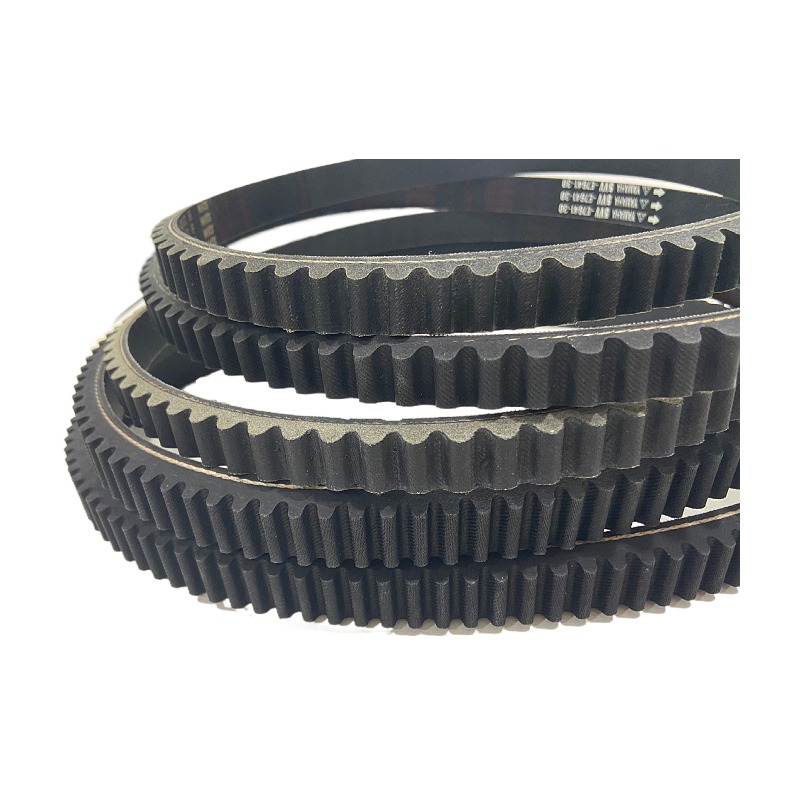- Arabic
- French
- Russian
- Spanish
- Portuguese
- Turkish
- Armenian
- English
- Albanian
- Amharic
- Azerbaijani
- Basque
- Belarusian
- Bengali
- Bosnian
- Bulgarian
- Catalan
- Cebuano
- Corsican
- Croatian
- Czech
- Danish
- Dutch
- Afrikaans
- Esperanto
- Estonian
- Finnish
- Frisian
- Galician
- Georgian
- German
- Greek
- Gujarati
- Haitian Creole
- hausa
- hawaiian
- Hebrew
- Hindi
- Miao
- Hungarian
- Icelandic
- igbo
- Indonesian
- irish
- Italian
- Japanese
- Javanese
- Kannada
- kazakh
- Khmer
- Rwandese
- Korean
- Kurdish
- Kyrgyz
- Lao
- Latin
- Latvian
- Lithuanian
- Luxembourgish
- Macedonian
- Malgashi
- Malay
- Malayalam
- Maltese
- Maori
- Marathi
- Mongolian
- Myanmar
- Nepali
- Norwegian
- Norwegian
- Occitan
- Pashto
- Persian
- Polish
- Punjabi
- Romanian
- Samoan
- Scottish Gaelic
- Serbian
- Sesotho
- Shona
- Sindhi
- Sinhala
- Slovak
- Slovenian
- Somali
- Sundanese
- Swahili
- Swedish
- Tagalog
- Tajik
- Tamil
- Tatar
- Telugu
- Thai
- Turkmen
- Ukrainian
- Urdu
- Uighur
- Uzbek
- Vietnamese
- Welsh
- Bantu
- Yiddish
- Yoruba
- Zulu
des . 16, 2024 00:36 Back to list
Understanding the Importance of Timing Belt Tensioners in Engine Performance and Longevity
Understanding Timing Belt Tensioners Importance, Functionality, and Maintenance
The timing belt is a crucial component in internal combustion engines, responsible for synchronizing the rotation of the crankshaft and camshaft. This synchronization ensures that engine valves open and close at the correct times in relation to the position of the pistons. However, for the timing belt to function effectively, a timing belt tensioner is required. This article delves into the importance, functionality, and maintenance of timing belt tensioners.
What is a Timing Belt Tensioner?
A timing belt tensioner is a device that maintains the proper tension on the timing belt. This component plays an essential role in ensuring that the belt does not become too loose or too tight. If the timing belt is not adequately tensioned, it can slip or break, leading to catastrophic engine failure.
Timing belt tensioners come in various designs, including spring-loaded and hydraulic types. Spring-loaded tensioners use a spring mechanism to apply consistent tension on the belt, while hydraulic tensioners utilize engine oil pressure to adjust tension dynamically, ensuring optimal performance under varying operating conditions.
The Importance of a Tensioner
1. Engine Performance The primary role of a timing belt tensioner is to ensure that the timing belt maintains correct tension. This is critical for the engine to perform at its best. A well-functioning tensioner helps in maintaining the timing precision, which is fundamental to achieving optimal engine efficiency and keeping emissions in check.
2. Preventing Wear and Tear A timing belt under proper tension experiences less slippage, reducing wear and tear on both the belt and the pulleys it interacts with. By preventing excessive strain, a tensioner contributes to extending the lifespan of the timing belt and related components such as the water pump and oil pump.
3. Avoiding Catastrophic Failure A timing belt that is too loose can cause the engine's camshaft and crankshaft to fall out of sync, potentially leading to serious internal damage. The consequences of a timing belt failure can be devastating, resulting in bent valves, damaged pistons, and ultimately engine rebuilds or replacements. Proper tension management by the timing belt tensioner plays a vital role in preventing these scenarios.
Signs of a Failing Timing Belt Tensioner
timing belt tensioner

Recognizing early signs of a failing timing belt tensioner is crucial. Some of the symptoms include
- Unusual Noise A failing tensioner may produce a rattling or whining noise, indicating that the belt is not being held at the correct tension. - Check Engine Light If the tensioner malfunctions, the check engine light may illuminate, prompting a diagnostic inspection. - Visible Wear Inspecting the timing belt and tensioner for cracks, fraying, or wear can provide insight into their condition.
Maintenance of Timing Belt Tensioners
Maintaining a timing belt tensioner is vital for ensuring its longevity and functionality. Here are some essential maintenance tips
1. Regular Inspections Regularly check the condition of the timing belt and tensioner. Look for signs of wear, rust, or oil leaks that might affect the performance of the tensioner.
2. Follow Replacement Intervals Many manufacturers recommend replacing the timing belt and tensioner at regular intervals, typically every 60,000 to 100,000 miles. Adhering to these guidelines can help prevent premature failure of these components.
3. Professional Assessment If you notice any signs of failure, consult a professional mechanic. They can perform a thorough inspection and recommend repairs or replacements as needed.
Conclusion
The timing belt tensioner may seem like a small component in the grand scheme of an engine's operation, but it plays a pivotal role in ensuring the engine runs smoothly and efficiently. By maintaining proper tension in the timing belt, the tensioner helps prevent severe engine damage and enhances overall performance. Understanding its importance, recognizing the signs of potential failure, and adhering to maintenance schedules can help vehicle owners safeguard their engines and extend their lifespan. Regular check-ups and a proactive approach to vehicle maintenance can ultimately save time and money, keeping your engine running at peak performance.
-
Korean Auto Parts Timing Belt 24312-37500 For Hyundai/Kia
NewsMar.07,2025
-
7PK2300 90916-T2024 RIBBED BELT POLY V BELT PK BELT
NewsMar.07,2025
-
Chinese Auto Belt Factory 310-2M-22 For BMW/Mercedes-Benz
NewsMar.07,2025
-
Chinese Auto Belt Factory 310-2M-22 For BMW/Mercedes-Benz
NewsMar.07,2025
-
90916-02660 PK Belt 6PK1680 For Toyota
NewsMar.07,2025
-
drive belt serpentine belt
NewsMar.07,2025

